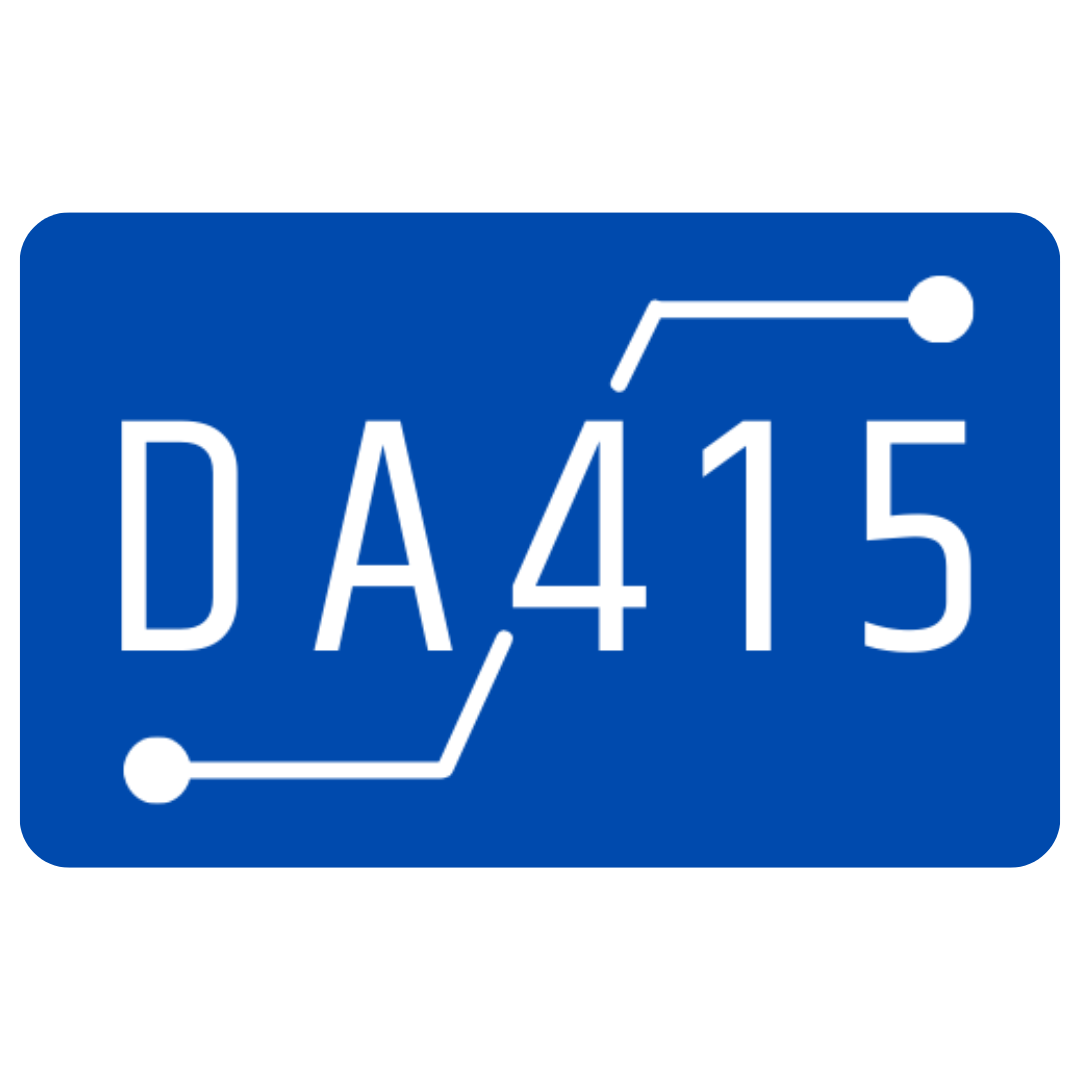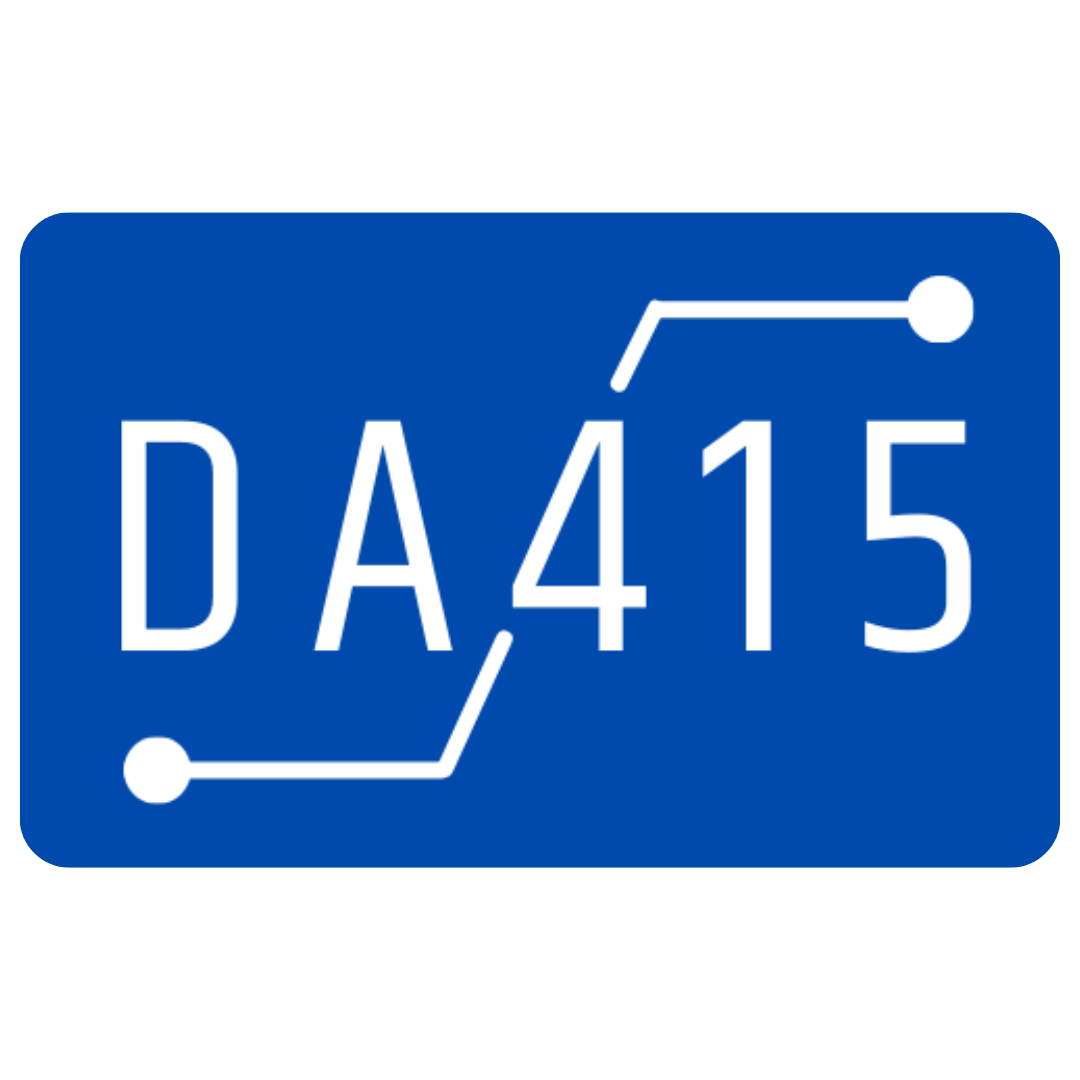IT Complexity is slowing your business down
We take the stress out of cloud, networking, and security transformation so you can focus on growth.

Stop downtime, high costs, and security risks from holding your business back. —we know how frustrating it is.
With DA415, you get expert consulting that simplifies technology and keeps your business running smoothly.
Gain peace of mind, lower risk, and a strong IT foundation that helps your business grow.
- Deep Technical Expertise
- Personalized Services
- Transparent Pricing

Services For your Business success
Specialists in digital transformation and technological innovation
At DA415, we bring over 30 years of hands-on global experience in IT consulting, delivering high-impact solutions that ensure scalability, security, and cost efficiency. Our team combines technical expertise with real-world project execution, tailoring every approach to your business needs.
- Expertise in Multiple Technologies
- Certified Engineers
- Global Reach
- Business-Focused Approach

We Cover many Industries
-
Energy
-
Healthcare
-
Manufacturing
-
Finance & Consulting
-
Transportation
-
Logistics
-
Business Startup
-
E-Commerce
-
Real Estate
-
Travel
What Our Clients Are Saying
In our more than 30 years of experience, we have helped numerous clients from various industries and fields achieve their goals.

Client of Company

Client of Company

Client of Company
IT Integrators and Companies that grow with us
Read our Blog & Article
- Resources
DA415 The Best Option for IT Outsourcing with the Best Cost and Quality
- Amador Peralta
- September, 2024
- Resources
Expert IT Consulting Services For Your Business Infrastructure
- Amador Peralta
- September, 2024
- Tutorials
Unlock Seamless Customer Connections via Amazon Connect
- Amador Peralta
- July, 2024
Want to accelerate digital transformation? See how we can help.
Contact us
DA415 offers you customized solutions to optimize your systems and increase your business efficiency.
- Personalized Experience
- Guaranteed Security
- 24/7 Support
- Cutting-Edge Technology
Contact DA415 now and request a free consultation!












